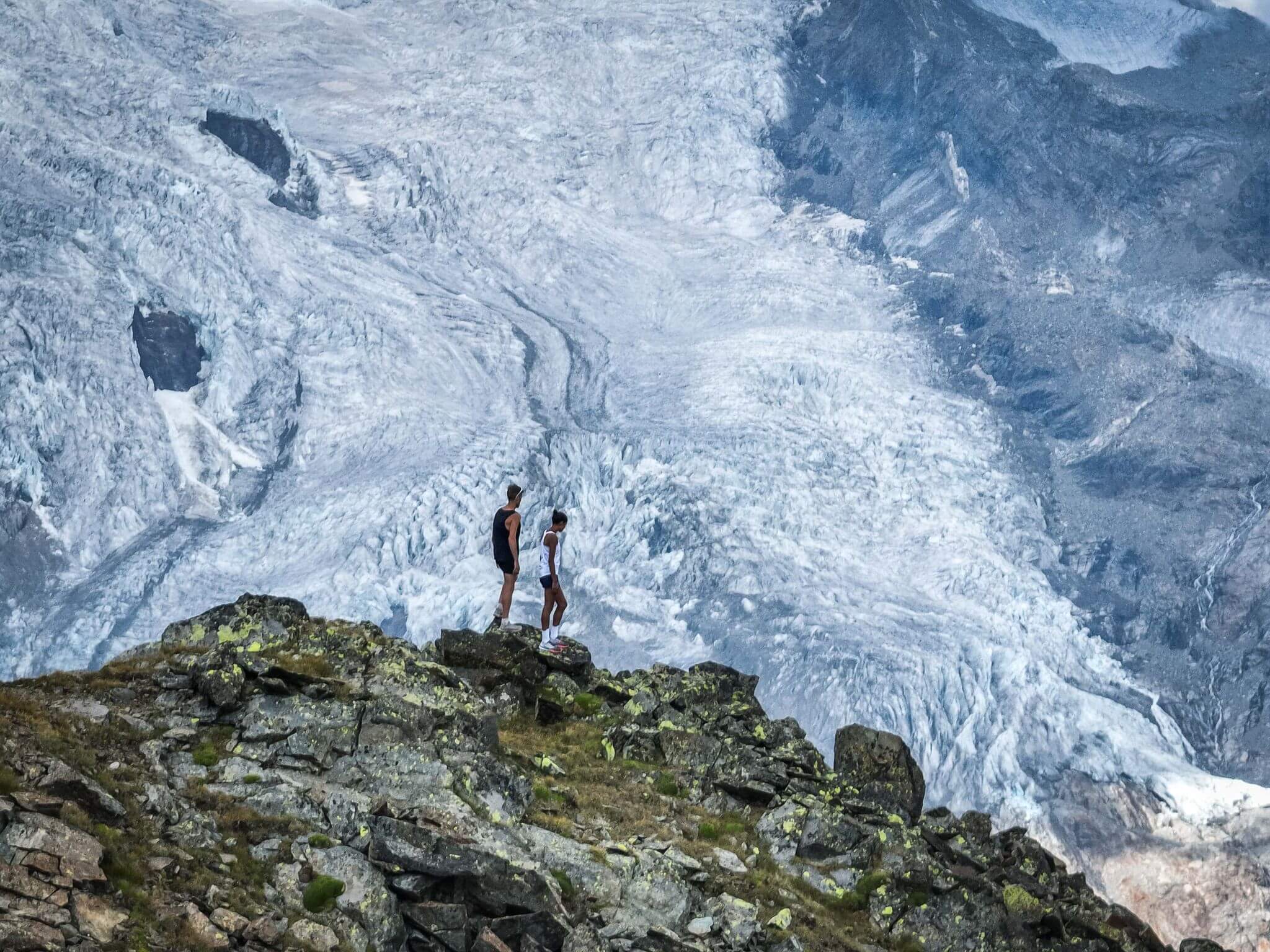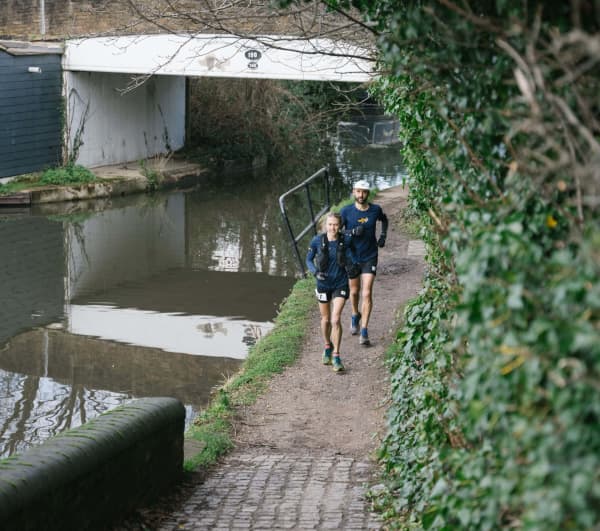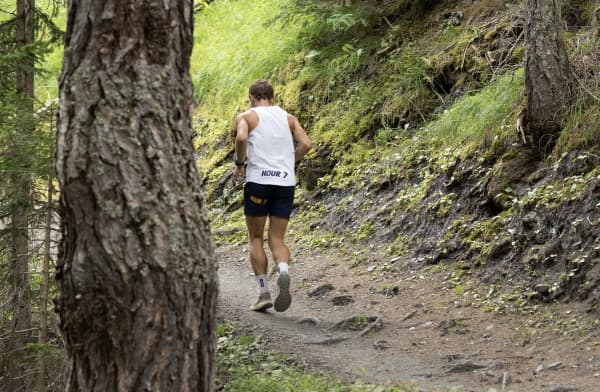An Hour 7 Knowledge Share
For many trail and hill runners, long days out are the reason they are in the sport. Whether you're seeking a quiet spot away from the crowds or shamelessly harvesting Strava kudos, there are few more satisfying ways to spend a day than cruising across miles of trails or linking up summits.
These runs are also often the most important part of any distance runner's training. But skimp on the preparation and you can end up staggering around, cold, wet and bonking, squinting at your sodden, disintegrating map just long enough to realise you've descended into the wrong valley.
How do you ensure that your long runs are fun, safe and productive? We spoke with Rob Sinclair, West Highland Way record holder, Team Hour 7 athlete and bottomless pit of enthusiasm, on the whys, whats and wheres of The Big Day Out.
"Escaping to the hills to explore new places is food for the soul! Switch off the mind, detach from the working week and get buzzing out on a long haul of a day. Surround yourself with running buddies who breathe the same passion as you, share some great experiences in the hills!"
Hitting the hills with Rob will always be interesting, but having company on your long runs can have benefits beyond entertainment.
"Those creeping self-doubts come calling sometimes; I have been for many big days with people who have low confidence in their abilities to last the whole run or who doubt themselves on a technical section of the route. That's when you have to help each other be positive; embrace the challenge and support each other, and you'll have a great time."
So you've got some friends, what next? Getting cold, miserable, hungry and lost is no more fun with company that it is on your own, so you should probably figure out where you're going.
NAVIGATION
"Normally for bigger days and new territory, I'll get information from pals who have been in the area before, do some online research, have a scope of the map and create a GPX file to help along the route. I subscribe to OS maps online and this is a great tool for route research and planning with a cool 3D feature where you can get a good handle of the terrain."
While a GPS track on a watch or a phone doesn't replace a map and compass, or the ability to use them, it can be a blissfully low-effort way of ensuring a nice, flowy day.
(Obviously, if the race you're training for involves navigation then get your map out and embrace the clag!)
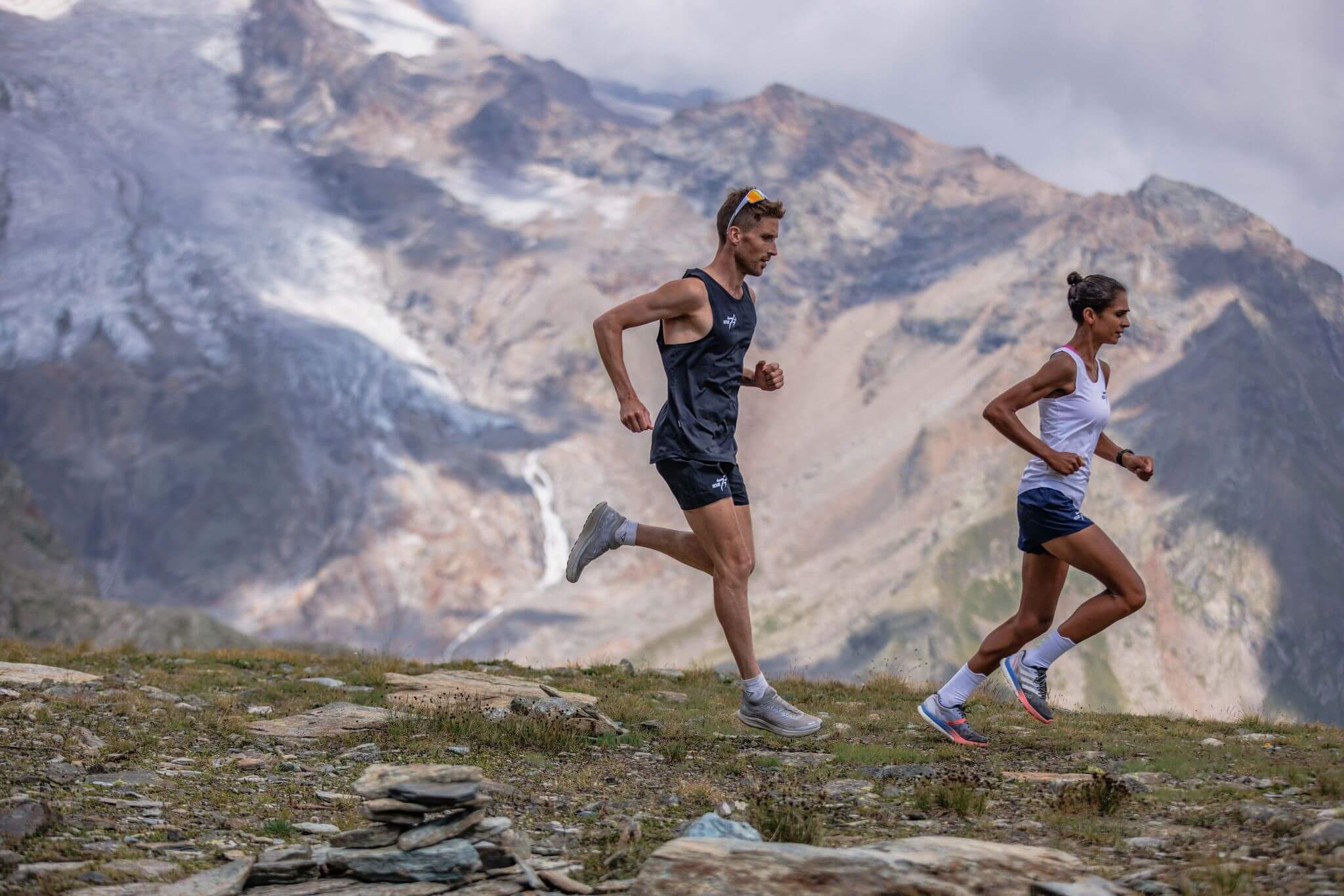 (Rob Sinclair and Kirsteen Welch running in the Italian mountains during the Hour 7 altitude camp. Photo: Dave MacFarlane)
(Rob Sinclair and Kirsteen Welch running in the Italian mountains during the Hour 7 altitude camp. Photo: Dave MacFarlane)
FOOD
In good weather, chances are the majority of the weight in your pack will be food. Eating well on a long run will improve your performance and speed up your recovery, so even if your bag feels a bit heavy when you're starting out, a few extra hundred grams of food are well worth it.
Like most ultrarunners, Rob has been all round the houses when it comes to nutrition.
"I've tried heaps of things over the years; pies, tuna sandwiches, boiled potatoes, dinner leftovers, sweets, chocolates. . .it's been a really funny one!"
The arithmetic of packing long run food is simple:
hours of running x carbs per hour + a bit more for emergencies
It can be hard to know where to start, so in the first instance try tracking what you're already doing and look for ways to improve.
Reading nutrition labels and doing sums isn't many people's idea of fun after a long run, but most of us are creatures of habit who stick to the same foods, so it gets easier the more often you do it.
"For bigger slower days in the Munros it's normally a trip to Asda to stock up on Minstrels and chocolate wraps! It's realistic to take on more solid food since my stomach can handle this at a slower pace and it keeps costs down, but you soon learn that eating for a bigger slow day and then trying to use the same for faster races is a one way ticket to Spewsville Arizona!"
Set aside some time in your long runs to practice specific race nutrition. Trying different products and training your gut to take in more carbohydrate can really help on race day and may save you the unpleasant and embarrassing job of picking bits of pie out of your laces.
"This year I'm paying a bit more attention to fuelling, trying to condition myself to taking on 60-80+ grams of carbs per hour and seeing how I respond," says Rob. That's about 2 to 3 gels per hour. It's working with some of the experts at Hour7, such as Dr. Jamie Pugh and Robbie Britton, that has helped Sinclair on this front. "In anything 6+ hours I'll try and nibble some real food for the first couple hours, but keep to gels and liquid calories later on to try to avoid aggravating my stomach."
GEAR
That's the buffet sorted, what gear should you use to fill in spaces between snacks to stay comfortable? As always, it depends...
"Comfort for me in the hills is nailed by having the right gear on the day. I have various Salomon packs which house everything I need. My basic hilly day pack consists of a SOL bivvy bag, snacks, GPS watch, first aid kit, map, compass, waterproofs, gloves, a mobile phone and spare base layers."
The joy of changing out of a soggy t-shirt halfway through a run, either because it's been raining or because all those mates you brought along got competitive and hammered the first hill, leaving you drenched in sweat, can hardly be overstated.
"You should always be weather watching before departure, checking the wind chill high up and thinking about the daylight hours."
"I normally choose shoes that can breathe a little to get rid of water from any boggy terrain and have strong grip on the downhill so I can really open up, comfortable and confident. For years now I've worn various Salomon models that are snug around my skinny feet.
"You also never want to be chaffing, so go daft with the Vaseline or Body Glide before a big sweaty day out and your post run shower or dip into the loch will be rewarded with no pain or grimace in those awkward places!"
Of course, downhill Strava CRs and a chafe-free undercarriage are great, but beyond considerations of comfort on the run, you should always give thought to what will happen if things go wrong.
SAFETY
"For bigger days now, coming into winter, I ask myself Have I got enough stuff with me to survive a night out here on the hills if it all goes wrong?"
A little extra weight in your pack will have minimal impact on your enjoyment of the day, and none at all on the quality of your training, but can make all the difference if things take an unexpected turn.
Extra dry and warm clothing, emergency food and some kind of shelter, like a bothy bag, are all worth carrying when temperatures get colder. And of course, that night on the hills will be a lot shorter if there's someone out there who knows when and where to come looking for you.
"Before you go, give someone an idea of your route and when you think you'll be back. Give a realistic finishing time so they know when to get worried if you're taken hostage by the Grey Man of Ben Macdhui!"
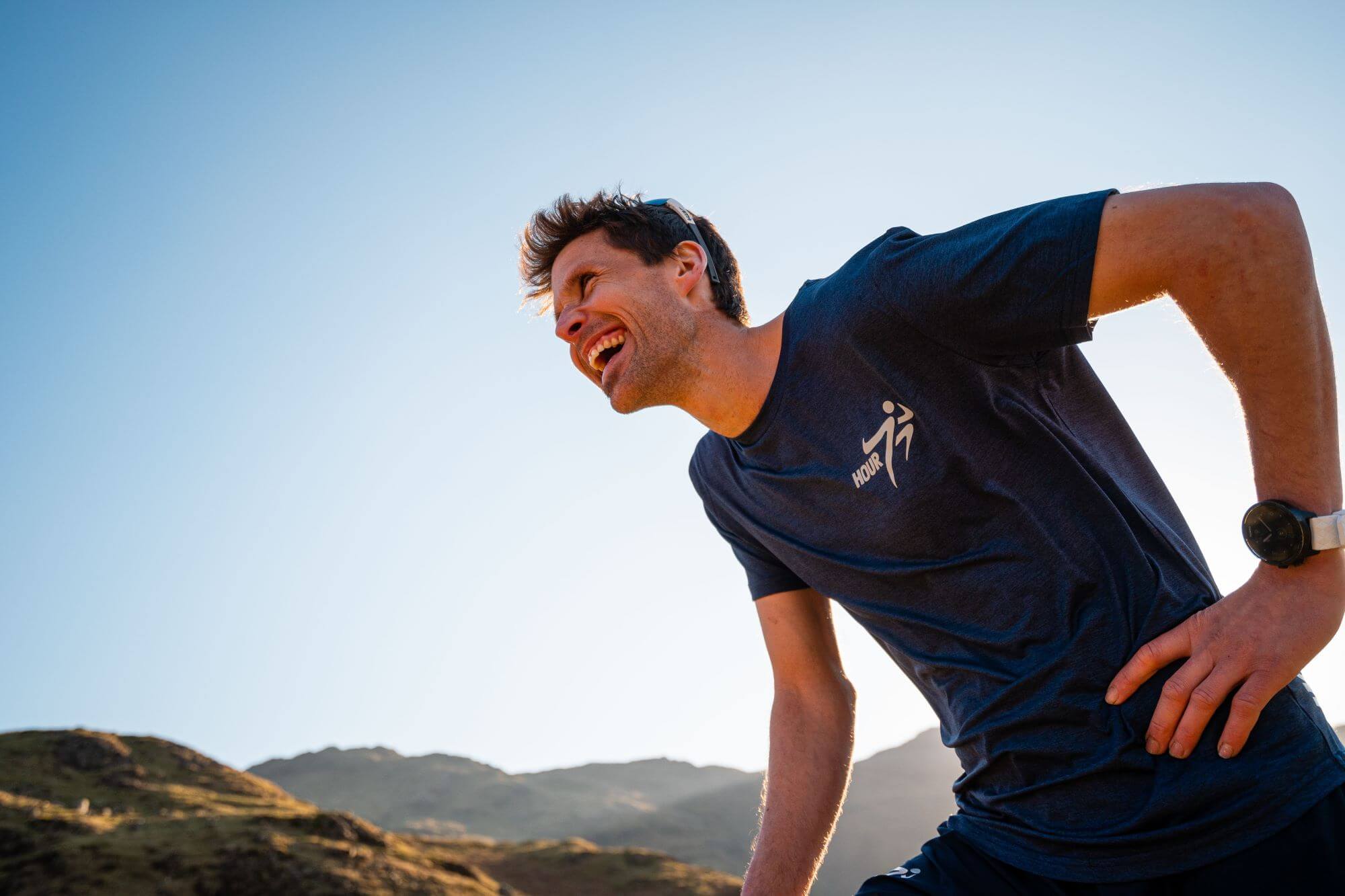 (Rob Sinclair all smiles out doing what he loves. Photo: James Vincent)
(Rob Sinclair all smiles out doing what he loves. Photo: James Vincent)
